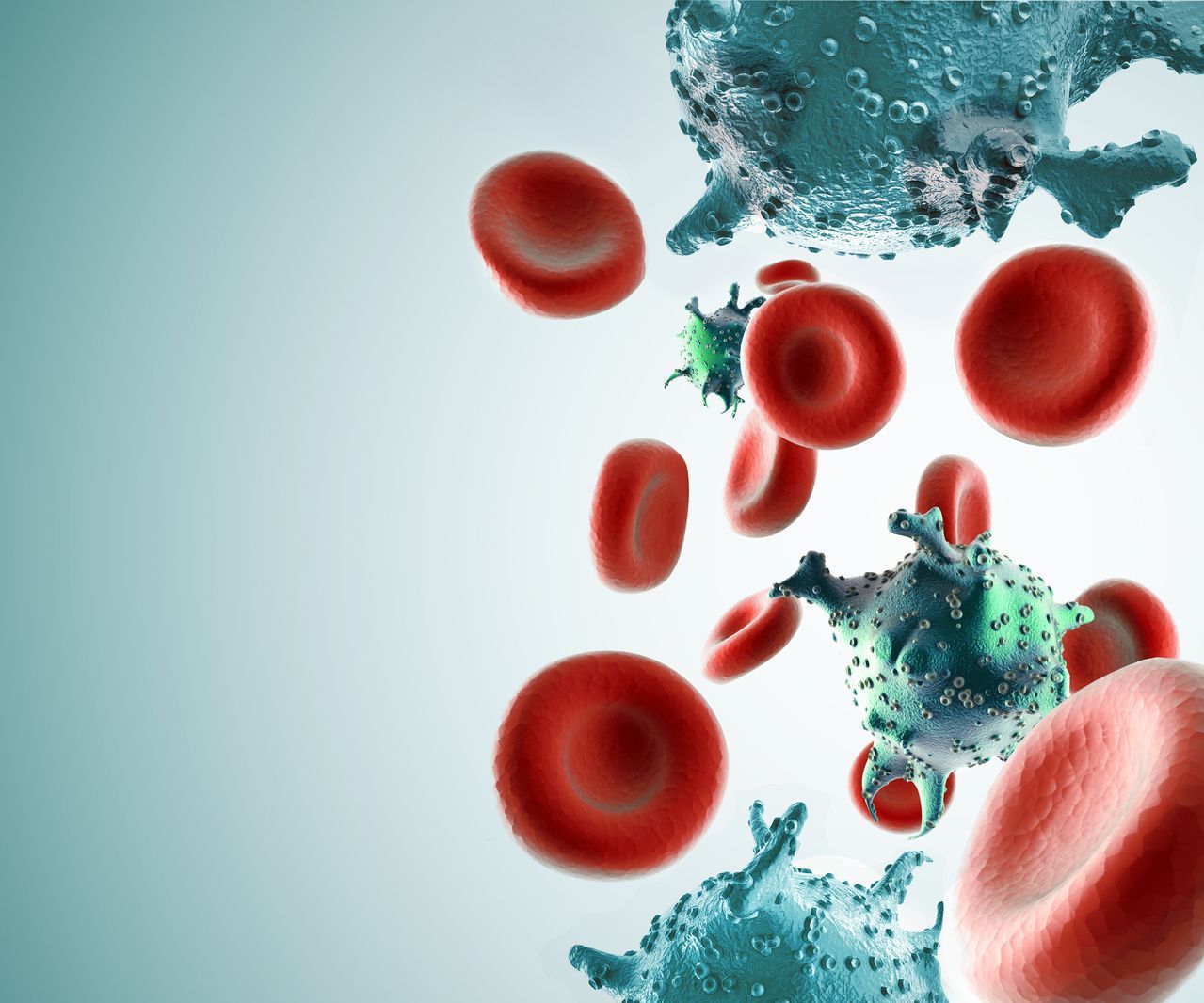- Center on Health Equity & Access
- Clinical
- Health Care Cost
- Health Care Delivery
- Insurance
- Policy
- Technology
- Value-Based Care
Differentiated Service Delivery Models Have Comparable Effectiveness to Standard of Care in HIV
Patients with HIV were able to maintain care and achieve viral suppression with differentiated service delivery models with comparable effectiveness to the standard of care.
Differentiated service delivery (DSD) models were able to provide comparable effectiveness in treating people with HIV as the standard of care (SoC) when it came to maintaining care and viral suppression, according to a review published in Reviews in Medical Virology.

There were 38.4 million people living with HIV around the world as of 2021, with 74.7% accessing antiretroviral therapy (ART). The sub-Saharan region is the most region most affected by HIV in the world. The World Health Organization has recommended the usage of DSD models for patients who are clinical stable, with adherence clubs (ACs) as a model that has been implemented in different countries throughout the sub-Saharan region. Implementing DSDs like ACs includes expanding access to ART, reduced late ART pick-up, sustained retention of HIV care, and available primary health facilities. This review aimed to “obtain a pooled effect of DSD intervention from randomized clinical trials with a special focus on ACs using studies conducted in the sub-Saharan Africa region.”
Articles from PubMed, Embase, Scopus, Web of Science, and Google Scholar were searched for this review from inception through May 4, 2023. Studies were evaluated for quality using the Cochrane risk-of-bias tool. Studies were included if they reported on people living with HIV, adherence clubs, decentralized medication delivery, differentiated service delivery, adherence to ART, viral suppression, and retention in care of HIV. Studies were excluded if they were not randomized clinical trials (RCTs).
There were 16 studies that were included int his review, most of which were conducted in South Africa and had participants living with HIV who were aged 18 years and older; there were 3 studies that included both adolescent and adult populations.
There were 10 RCTs that compared retention and viral suppression between DSD models and standard of care, with the risk ratio (RR) being 1.02 (95% CI, 0.98-1.07) in viral suppression and 1.01 (95% CI, 0.96-1.07) in retention in HIV care. The RR was almost the same between the ACs and SoC group when it came to retention and viral suppression.
ACs were found to be made up of 15 to 30 members in each group, with each group meeting for 1 hour every 2 to 6 months to receive counselling, pre-packed ART refills, and symptom screening. There were 7 studies that compared SoC with ACs. Most cases found that participants who were clinically unstable, had viral rebound, were diagnosed with tuberculosis, or had a chronic illness were referred back to facility-based care. All but 1 study, which did not use SoC as a control, found that there were comparable outcomes between SoC and ACs as interventions.
There were 3 RCTs that compared viral suppression with retention in care between the ACs and the SoC, with the RR for retention being 1.09 (95% CI, 1.08-1.11) and 1.01 (95% CI, 1.00-1.02) in viral suppression. SoC groups and ACs were comparable in terms of their RR in rention of care and viral suppression.
There were some limitations to this study. There was a lack of SoC as a comparison group in some of the included studies. There were also barriers in the implementation of DSD models due to patient level factors such as fear of stigma and discrimination, supply chain inconsistencies, ARV drug stockouts, and low knowledge of the DSD model. There was also a lack of knowledge of DSD models in health care providers as well as lack of model adoption and lack of resources.
The researchers concluded that the “clinical outcomes from DSD models, especially ACs, were found to be almost similar to the conventional models or standards of care.” Sustaining retention in care for HIV and adherence to ART was proven in AC models in several studies.
Reference
Bwire GM, Njiro BJ, Ndumwa HP, et al. Impact of differentiated service delivery models on retention in HIV care and viral suppression among people living with HIV in sub-Saharan Africa: a systematic review and meta-analysis of randomised controlled trials. Rev Med Virol. Published online September 1, 2023. doi:10.1002/rmv.2479
Elevating Equitable Health Care for the LGBTQ+ Community
June 18th 2024For the third episode in our special Pride Month series, we speak with Patrick McGovern, CEO of Callen-Lorde since August of 2023 and an outspoken advocate for HIV; lesbian, gay, bisexual, transgender, queer, plus (LGBTQ+); and community health.
Listen
Community Outreach Is Enabling CeSHHAR to Close HIV Care Gaps in Zimbabwe
April 6th 2021The Centre for Sexual Health and HIV/AIDS Research Zimbabwe conducts evidence-based research related to HIV and AIDS, as well as provides and implements sexual and reproductive health education and interventions among sex workers, children, and adolescents, and in the area of masculinity.
Listen
